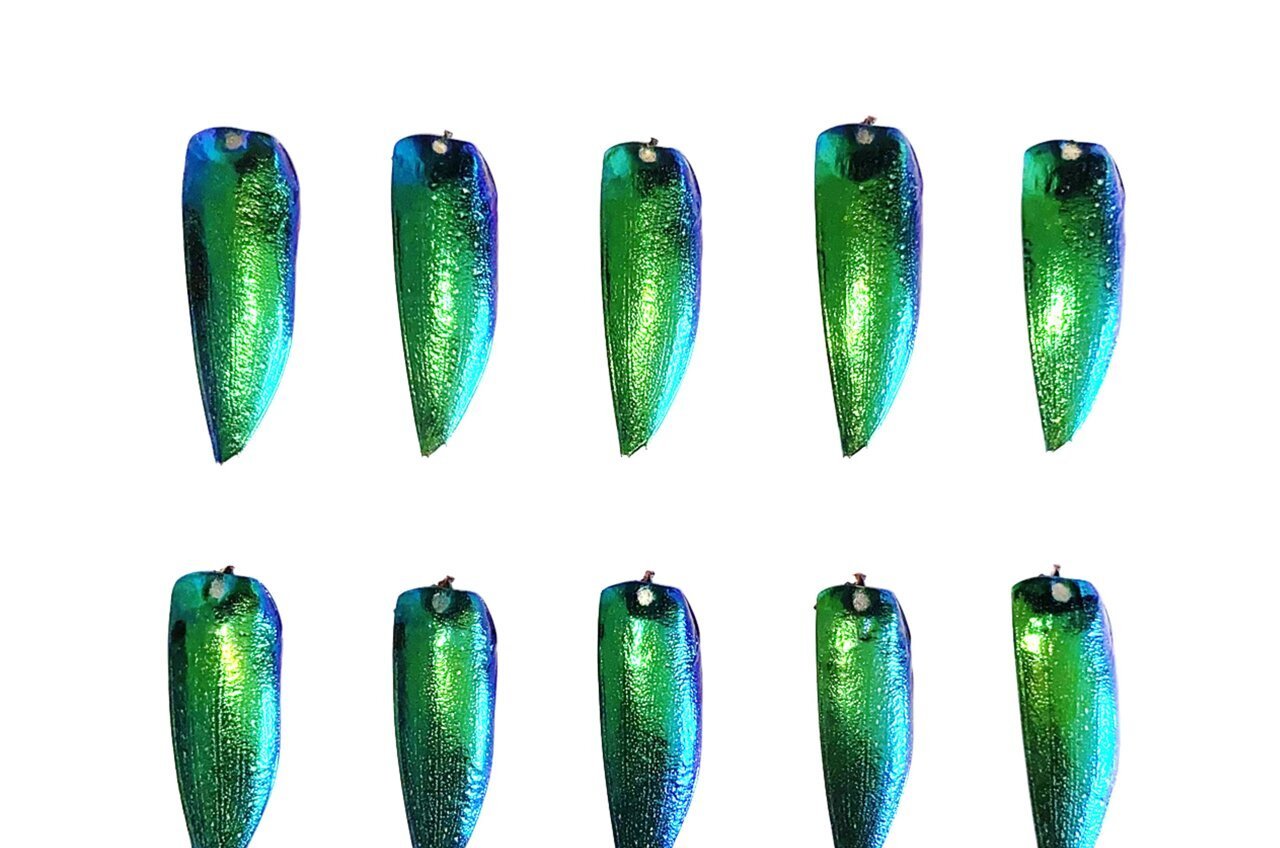Scientists at the University of Bristol have discovered that a matte target surface appearance, when combined with iridescent coloration, provides greater survival benefits for beetles compared to a glossy surface. The study, published in Behavioral Ecology, suggests that the color and changeability of iridescent surfaces are the most crucial factors in enabling camouflage, rather than glossiness.
Lead author Dylan Thomas from Bristol’s School of Biological Sciences stated that their findings contradict previous theories that emphasized the importance of glossiness in concealment. The team conducted experiments by creating artificial beetle targets and observing their survival rates against natural bird predators in Leigh Woods, Bristol. Half of the targets were sprayed with a glossy fixative, while the other half received a matte fixative. The targets were placed on ivy leaves with a mealworm in between, and their predation status was assessed over a 96-hour period.
The results of the study provide further evidence that iridescent coloration is effective in camouflage. The findings also support earlier research indicating that the glossiness of the background significantly affects the survival of targets. The team plans to investigate why many beetle species exhibit glossiness despite its negative impact when combined with iridescence. They also aim to explore the survival advantages of black targets, the effects of background gloss, and how lighting conditions influence the perception of iridescence and glossiness.
Dylan concluded that the research contributes to the growing body of knowledge on camouflaging iridescence and sheds light on the role of this unique form of coloration in concealment. The findings open up new avenues for further research, which are not only relevant to iridescence as camouflage but also to camouflage as a whole.
Source: University of Bristol
